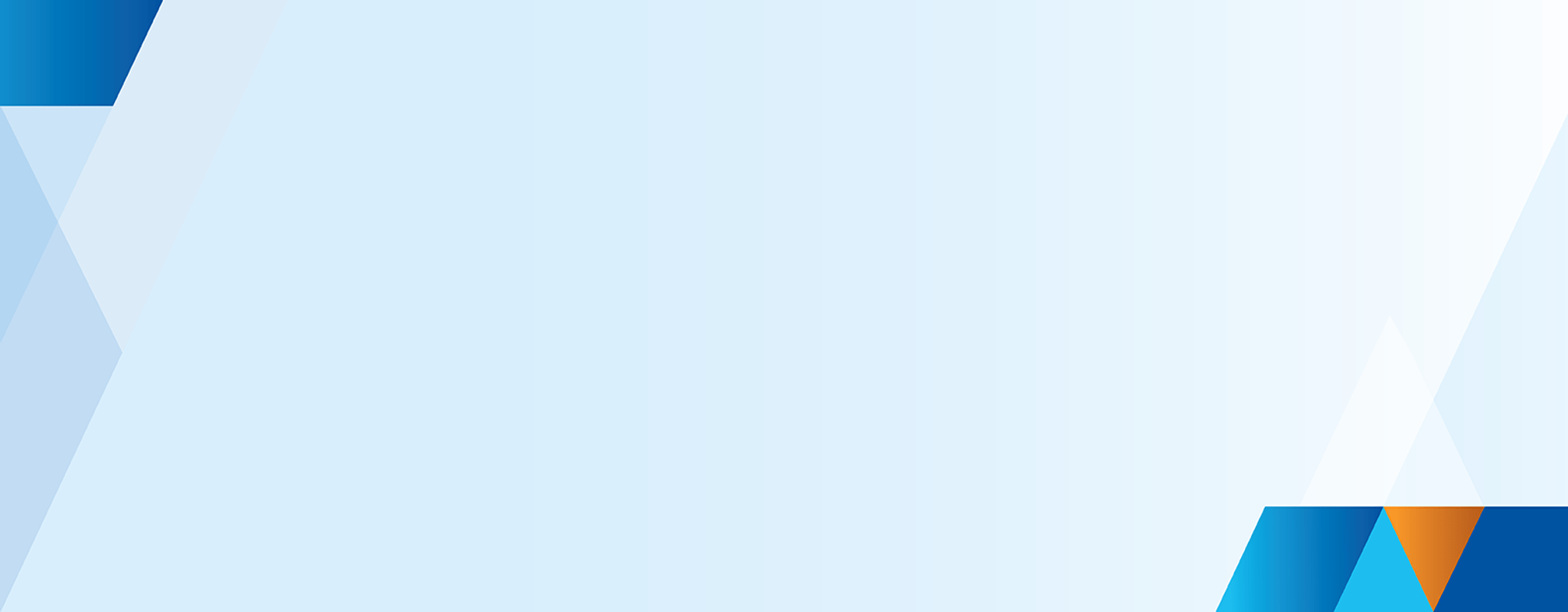Disability is complex, dynamic and multidimensional.
Our approach to accessibility and disability inclusion is guided by the social model of disability. The social model of disability focuses on the way society is organised; this is what creates a disabling environment for people with disability.
We recognise our responsibility to address these barriers.
We acknowledge that there are many different types of disability, and that disability can result from accidents, illness or genetic disorders. Disability can be visible or non-visible, be inherited or acquired (due to illness, or injury), be temporary or permanent, have minimal or significant impact on a person’s abilities, and some people have more than one disability.
How do we define disability?
The Disability Discrimination Act defines disability as:
- total or partial loss of the person’s bodily or mental functions
- total or partial loss of a part of the body
- the presence in the body of organisms causing disease or illness
- the malfunction, malformation, or disfigurement of a part of the person’s body
- a disorder or malfunction that results in the person learning differently from a person without the disorder or malfunction
- a disorder, illness or disease that affects a person’s thought processes, perception of reality, emotions, or judgement, or that results in disturbed behaviour; and includes disability that:
- presently exists
- previously existed but no longer exists
- may exist in the future
- is imputed to a person (meaning it is thought or implied that the person has disability but does not).
Under the Equal Opportunity Act ‘disability’ includes:
- physical, psychological, or neurological disease or disorder
- illness, whether temporary or permanent
- injury, including work-related injuries.
Intersectionality
Disability is only one aspect of a person’s identity.
People with disability are diverse within their own experiences of disability but are also diverse in other ways. This might include their:
- Aboriginality
- gender identity
- sex characteristics
- sexual orientation
- ethnicity
- colour
- nationality
- refugee or asylum seeker background
- migration or visa status
- language
- faith
- ability
- age
- socioeconomic status
- housing status or
- geographic location.
People with disability who live with other forms of discrimination can experience compounded inequality.
Breadth of impairments and illnesses
Physical disability
Impacts mobility or dexterity (e.g. cystic fibrosis, paraplegia).
Immunological disability
Impact due to the presence of organisms causing disease in the body (e.g. cancer, heart disease).
Intellectual disability
Impacts ability to learn or process information (e.g. Down syndrome).
Physical disfigurement
Impacts physical appearance (e.g. birthmarks, burns).
Mental illness
Impacts thinking processes (e.g. depression, post-traumatic stress disorder).
Learning disability
Impacts acquisition, organisation, retention, and understanding of information (e.g. dyslexia, dysgraphia).
Sensory disability
Impacts the ability to hear or see (e.g. hearing impairment, vision impairment).
Neurological disability
Impacts the brain and central nervous system (e.g. epilepsy, strokes).
Image adapted from information provided by the Australian Network on Disability (AND).
Where are we at for access and inclusion?
Victoria Police participates in the Victorian Public Sector Commission’s People Matter Survey. The survey provides valuable insight into our culture and safety from employee perspectives.
In 2021, 6,889 Victoria Police employees responded to the People Matter Survey. Of these employees, 298 self-identified as a person with a disability; their findings included:
Rounding of percentages: People Matter Survey round numbers up or down to their nearest whole percentage. This means some percentages may not add up to 100%.
Updated
